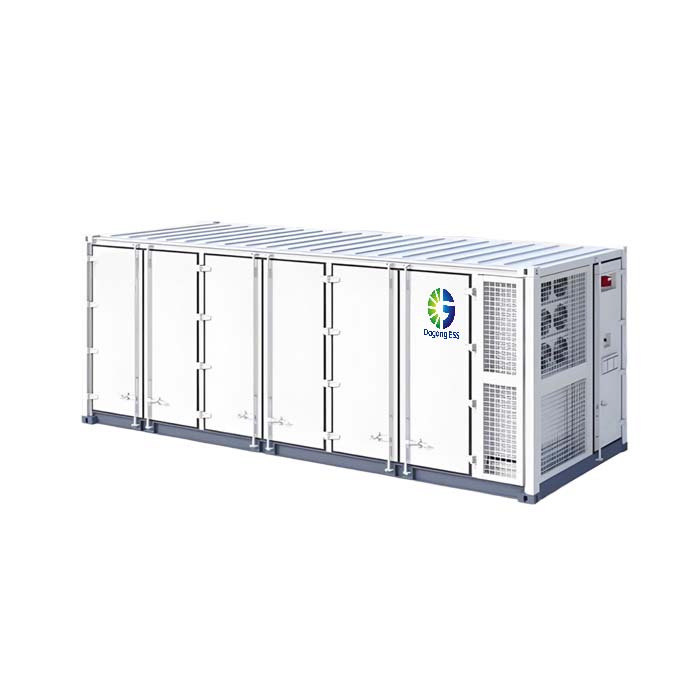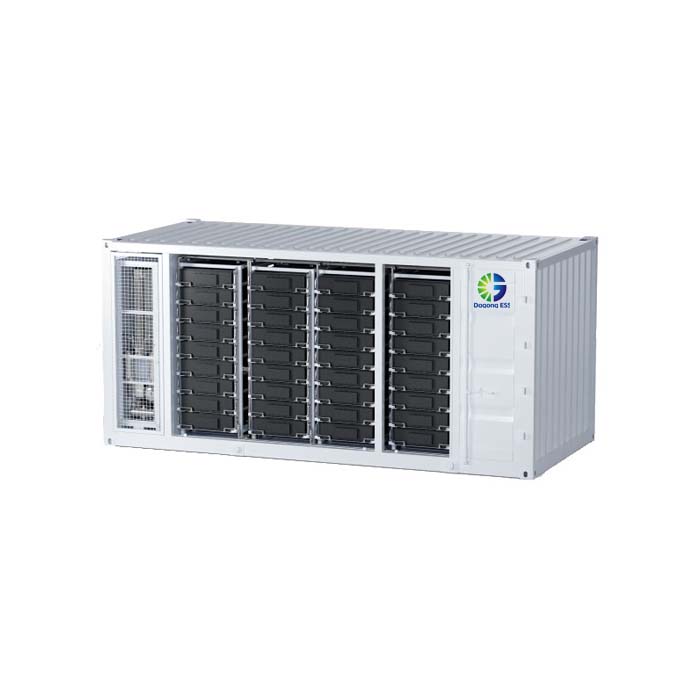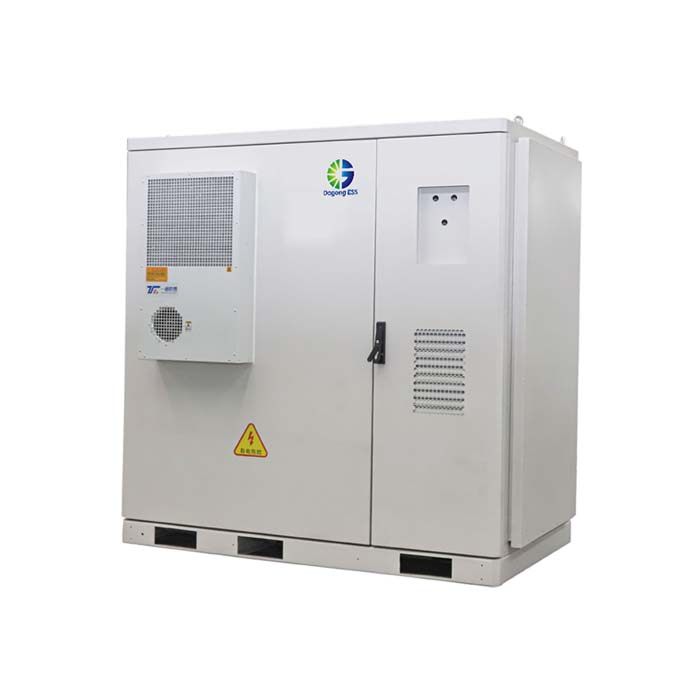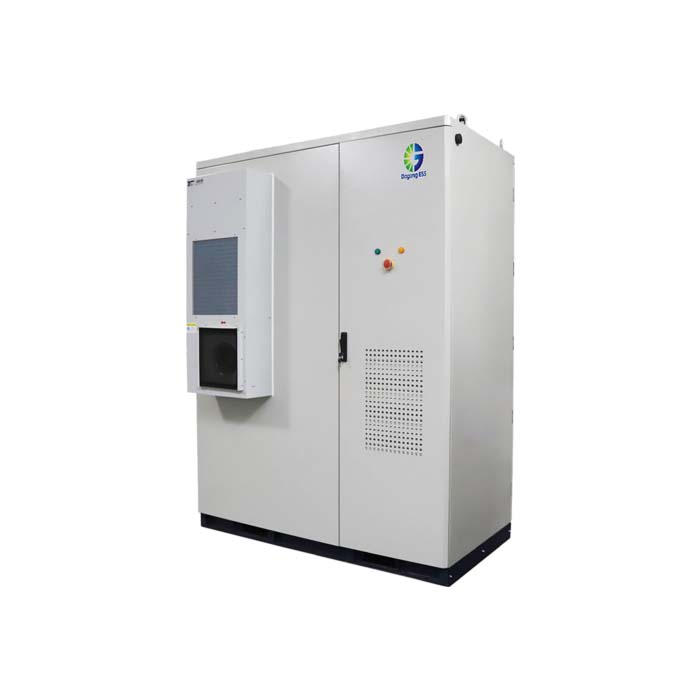What is V2G (Vehicle-to-Grid)?
What is V2G (Vehicle-to-Grid)?
Vehicle-to-Grid (V2G) is a cutting-edge energy technology that enables electric vehicles (EVs) to not only draw electricity from the grid but also send stored energy back to it. This bidirectional energy flow enhances grid stability, supports peak load management, and unlocks new economic value for EV owners and energy operators alike.
Types of V2G Solutions
V2G for Commercial EV Charging Stations
Commercial applications focus on providing EV charging infrastructure integrated with energy storage systems (ESS), enabling the dual-purpose charging and discharging of EVs for grid stabilization.V2G for Residential Systems
Residential V2G setups allow homeowners with EVs and home ESS systems to not only charge their vehicles but also contribute to their home’s power supply, thus supporting the grid during peak hours.V2G in Microgrids
In microgrid setups, V2G can help manage localized energy generation and storage, ensuring that excess energy is stored and used when demand spikes, or even fed back to the grid when required.
Features of V2G Technology
Bidirectional Power Flow
V2G technology enables the flow of electricity both to and from the grid, facilitating dynamic load management and grid stability.Peak Shaving & Load Balancing
It helps balance the supply and demand of electricity by discharging EVs’ stored energy during peak demand times and charging them during off-peak hours.Grid Frequency Regulation
V2G allows EVs to provide auxiliary services such as frequency regulation, supporting the power grid’s reliability by managing voltage and frequency fluctuations.Revenue Generation for EV Owners
Vehicle owners can participate in energy markets and receive compensation for the electricity their EVs contribute to the grid.
Applications of V2G Technology
Commercial EV Charging Stations
Dagong ESS’s energy storage systems (ESS) integrate seamlessly with EV chargers, enabling commercial EV charging stations to interact with the grid and contribute to energy management during peak times.Residential Energy Storage Solutions
Through Dagong ESS residential systems (5–80kWh), homeowners can not only store energy from renewable sources (solar) but also utilize their EVs for additional storage capacity during high-demand periods.Renewable Energy Integration
V2G technology enhances the efficiency of solar + storage solutions. By storing excess solar energy in EVs, the system can discharge this energy during the night or high-demand hours, optimizing the use of renewable resources.Microgrids & Off-Grid Solutions
Dagong ESS’s commercial energy storage systems (100–215kWh) paired with V2G can help stabilize local microgrids, allowing them to function autonomously or provide support to the central grid.
Price of V2G Technology
The price of V2G technology largely depends on the scale and application of the system. For example, integrating a V2G-enabled energy storage system with a commercial EV charging station may require a higher initial investment due to the need for specialized equipment, such as bidirectional chargers and compatible ESS.
The price may vary based on the region, available incentives, and specific project requirements.
How to Select V2G Technology for Your Project?
When selecting V2G solutions, consider the following factors:
Energy Storage Capacity
Ensure the ESS is scalable and provides sufficient storage for your needs, whether for residential use (5–80kWh) or larger commercial installations (100–215kWh).Compatibility with Existing Systems
Choose a V2G solution that is compatible with your existing charging infrastructure and renewable energy sources (e.g., solar panels).Grid Requirements
Understand the grid's energy management and frequency regulation needs to select the right V2G-enabled systems that offer bidirectional charging and discharging.Integration with Smart EMS
Ensure that the ESS integrates seamlessly with a smart energy management system (EMS) for real-time monitoring and control of energy flow.Cost and Incentives
Factor in the cost of installation and potential government incentives for renewable energy and electric vehicle infrastructure.
How Long Does V2G Technology Last?
The lifespan of V2G systems generally depends on the components used, including the EV battery, ESS, and charging equipment.
EV Batteries typically last 8-10 years or about 1,500 to 2,000 charge cycles, but this can be extended with proper maintenance.
Energy Storage Systems (ESS) generally last 10-15 years, with some systems offering warranties up to 20 years.
Proper maintenance of the charging equipment and ESS can further prolong the operational life of the V2G system.
The Supplier of V2G Technology: Dagong ESS
Dagong ESS is a leading supplier of high-performance energy storage systems that are fully compatible with V2G applications. Our solutions include both air-cooled and liquid-cooled ESS systems, ranging from residential (5-80kWh) to large-scale commercial systems (100-215kWh). We offer:
Bidirectional charging technology
Flexible system designs for various applications
Global compatibility with electrical standards
Smart EMS integration for optimized energy management
As the world transitions towards cleaner and more efficient energy systems, Dagong ESS stands ready to support your V2G-enabled projects with advanced, reliable, and scalable storage solutions.








